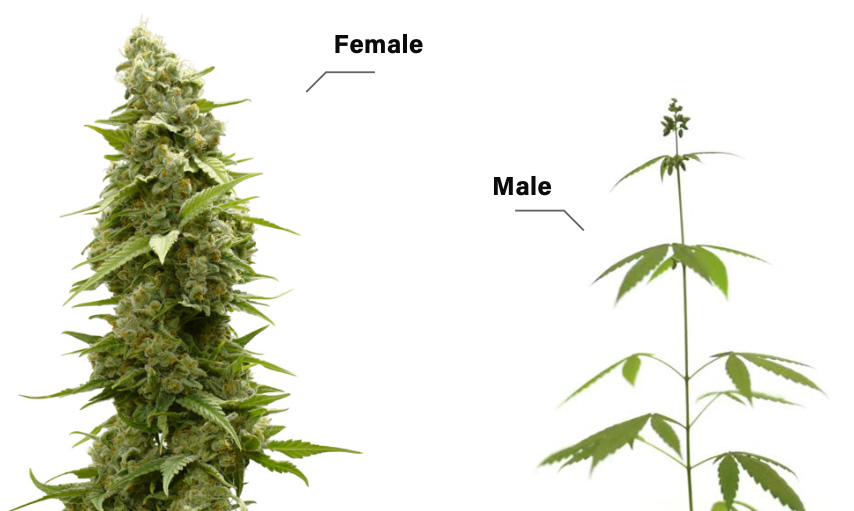What is Cannabis?

Cannabis sativa L. is an annual dioecious C3 flowering plant, with 5-9 lobed (‘fingered’) palmate leaves at maturity. And contrary to popular opinion, Cannabis is not a short-day flowering plant, rather, Cannabis is in fact a long-night flowering plant. That is, generally Cannabis can be induced to flower by uninterrupted night lengths greater than 9 hours.
Because Cannabis is dioecious plants are male or female. But, for medical purposes only, female plants are utilized. When mature, Cannabis flowers are harvested from the plants. From there, they are dried, trimmed, cured, processed into other forms of medication like concentrates – or left in their natural form as flowers – and finally they are analytically tested before sale.
Cannabis is the genus of the plant, and there is at least one species within the genus, tentatively named Cannabis sativa L. For decades it has been assumed there are at least two species, Cannabis sativa and Cannabis indica. However, currently there is debate among the scientific community regarding whether there is more than one species within the Cannabis genus, or, just one extremely heterogeneous species. Likewise, on the topic of sub-species. Here at Weedys we assume there is one species, Cannabis sativa L., with no sub-species, until there is a definitive scientific consensus stating otherwise.
Like the speciation debate, there is debate over the term “strain,” because it is not a traditional botanical term for a unique genetic pool. Traditionally, “variety” and “cultivar” are accepted botanical terms for unique genetic pools. For example, Northern Lights #5, Skunk #1, and Haze are all considered unique genetic pools of medical Cannabis. However, due to the haphazard way most Cannabis is hybridized, and that Cannabis cultivation is not legal in most U.S. States and countries, variety and cultivar are not appropriate terms. So, the scientific community has begun to accept the term strain when referring to Cannabis plants and products. The suggested nomenclature system is e.g., Cannabis strain Haze and Cannabis strain Skunk #1. However, unlike cultivar, strain does not carry any taxonomical validity.

Indica, Sativa or Neither?
For decades, Cannabis plants and their medicines have been divided into two categories: indica or sativa. It is generally said that indica offers unique types of overall effects (sedative, narcotic), and unique medical properties (e.g., pain and seizure relief), while sativa offers other unique types of overall effects (uplifting, invigorating), and purported medical properties (e.g., migraine relief and appetite stimulation). And that is still true today, albeit for few plants due to hybridization over the past half-century.
That said, the correct terms are not indica and sativa, but “wide-leaflet drug biotype” and “narrow-leaflet drug biotype.” Therefore, there is little value in qualifying plants and their products as “indica” or “sativa,” because those are incorrect terms and there are few “landrace” Cannabis plants available today. Instead, using the catchall term “hybrid,” to refer to nearly every plant and product is correct, both horticulturally and linguistically. When referring to non-hybridized plants and their products, the correct terms are wide-leaflet and narrow-leaflet drug biotypes.
ORDER NOW
